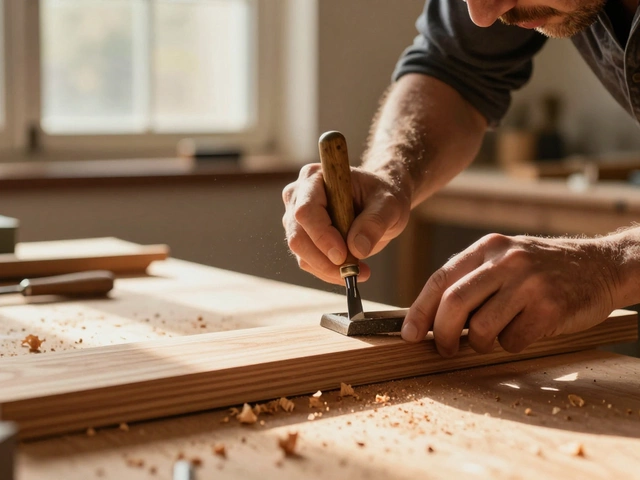Sofa Comfort: Simple Ways to Make Your Couch Feel Great
Ever sink into a sofa and feel like it’s missing that extra bit of softness? You’re not alone. Most people overlook a few easy fixes that can turn a stiff couch into a favorite spot. Below you’ll find practical steps you can take right now, no fancy tools required.
Choose the Right Cushion Foam
The first thing to check is the foam inside your cushions. Low‑density foam (around 1.5 kg/m³) feels soft at first but flattens quickly. High‑density foam (2.0 kg/m³ or more) holds shape longer and gives a firmer feel, which many people find more supportive. If you’ve had the couch for a few years, the original foam is probably worn out. Replacing it isn’t hard—just pull the cushion cover off, remove the old block, and slide a new one in. You can buy pre‑cut foam packs at most hardware stores; they often list the density on the bag, so you know exactly what you’re getting.
Want a bit of plushness without losing support? Mix a thin layer of memory foam on top of a high‑density base. The memory foam adds that cloud‑like sink, while the denser layer prevents the cushion from becoming a pancake.
Easy Cleaning & Maintenance
Dust and spills are the silent killers of sofa comfort. A dusty cushion feels rough, and a stained spot can make the whole piece look tired. For sofas with removable covers, a quick wash in warm water (check the label first) does the trick. If the covers can’t come off, use a gentle upholstery spray and a soft brush. Spot‑cleaning with a mixture of mild dish soap and water works well on most fabrics. Test a hidden area first to avoid discoloration.
Don’t forget the legs and frame. A wobbling base makes you shift around, ruining the relaxed vibe. Tighten any loose screws and wipe the legs with a damp cloth. For wooden frames, a light polish can prevent cracks that eventually affect cushion support.
Finally, rotate your cushions every few weeks. This spreads out wear and keeps the foam from compressing in just one spot. It only takes a minute, but the payoff is a couch that stays even and comfy for longer.
By checking foam density, adding a memory layer, and keeping the upholstery clean, you’ll notice a big jump in sofa comfort. The best part? All these steps cost a fraction of buying a brand‑new sofa, and you get the satisfaction of fixing it yourself.
So next time you lounge, ask yourself if the seat feels right. If not, try one of the tips above and enjoy a cozier, longer‑lasting couch today.






